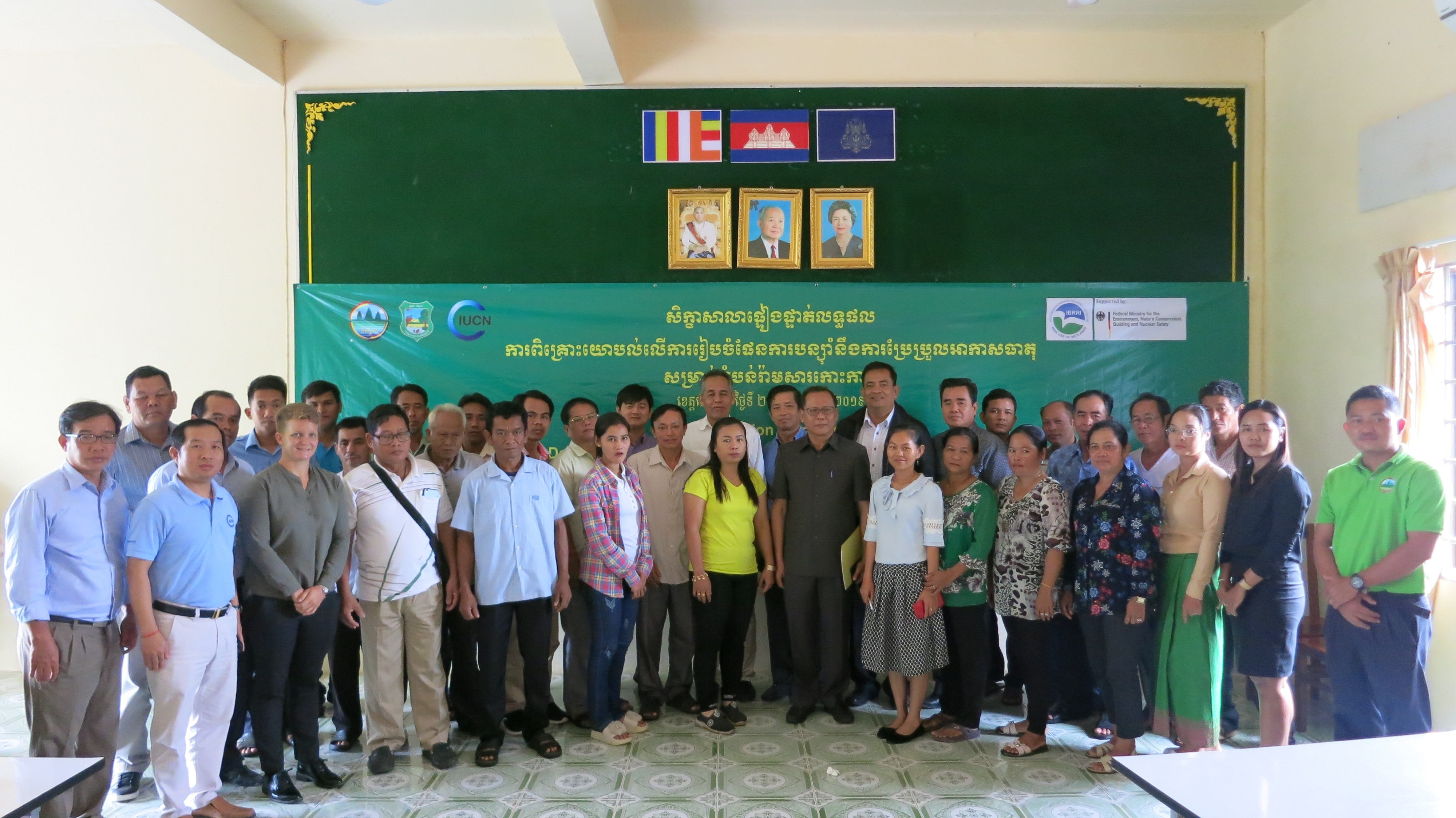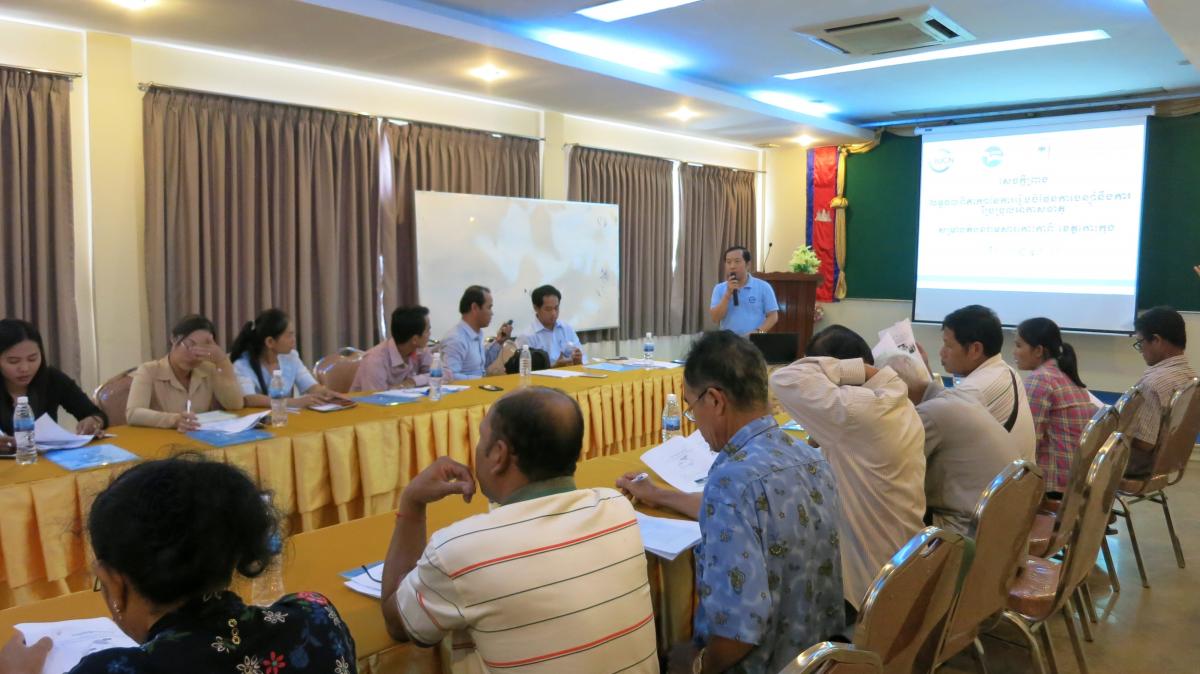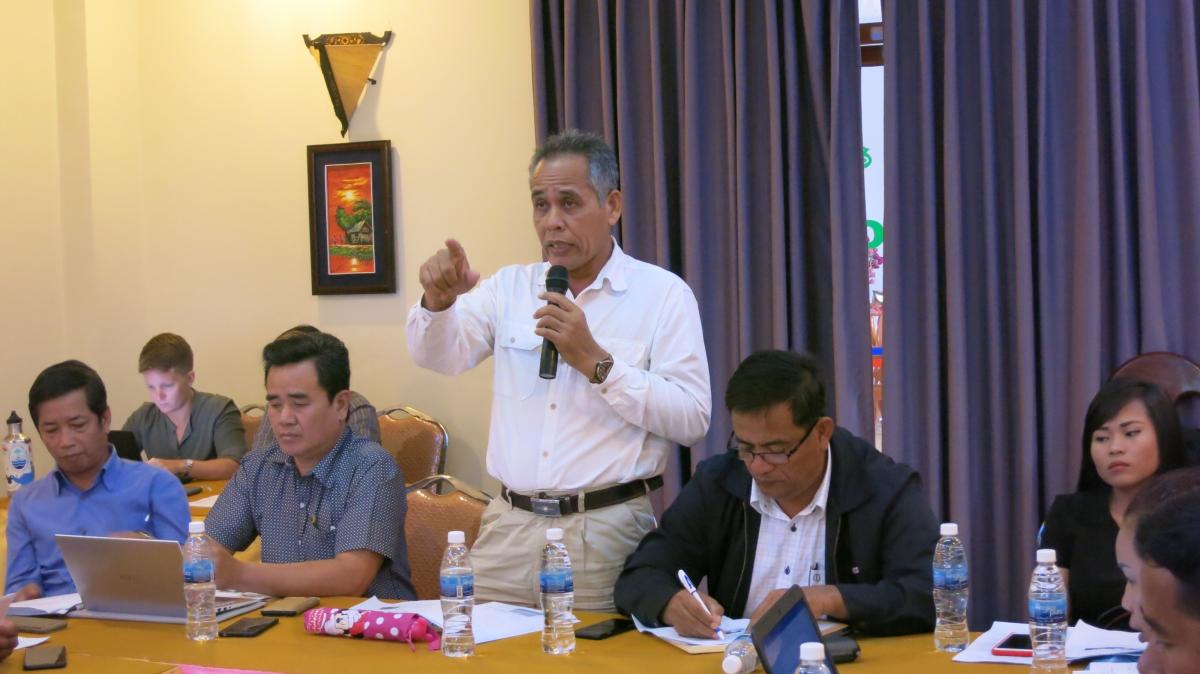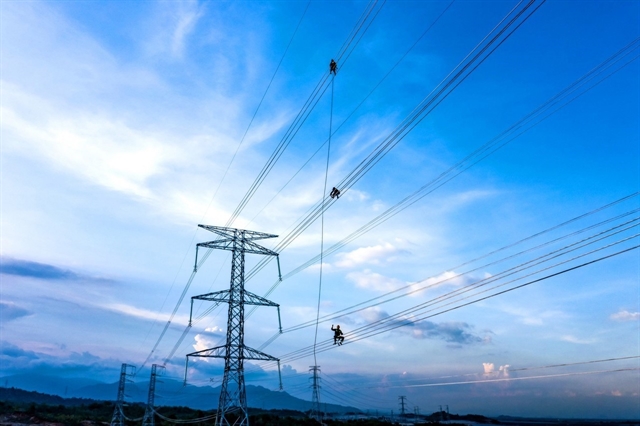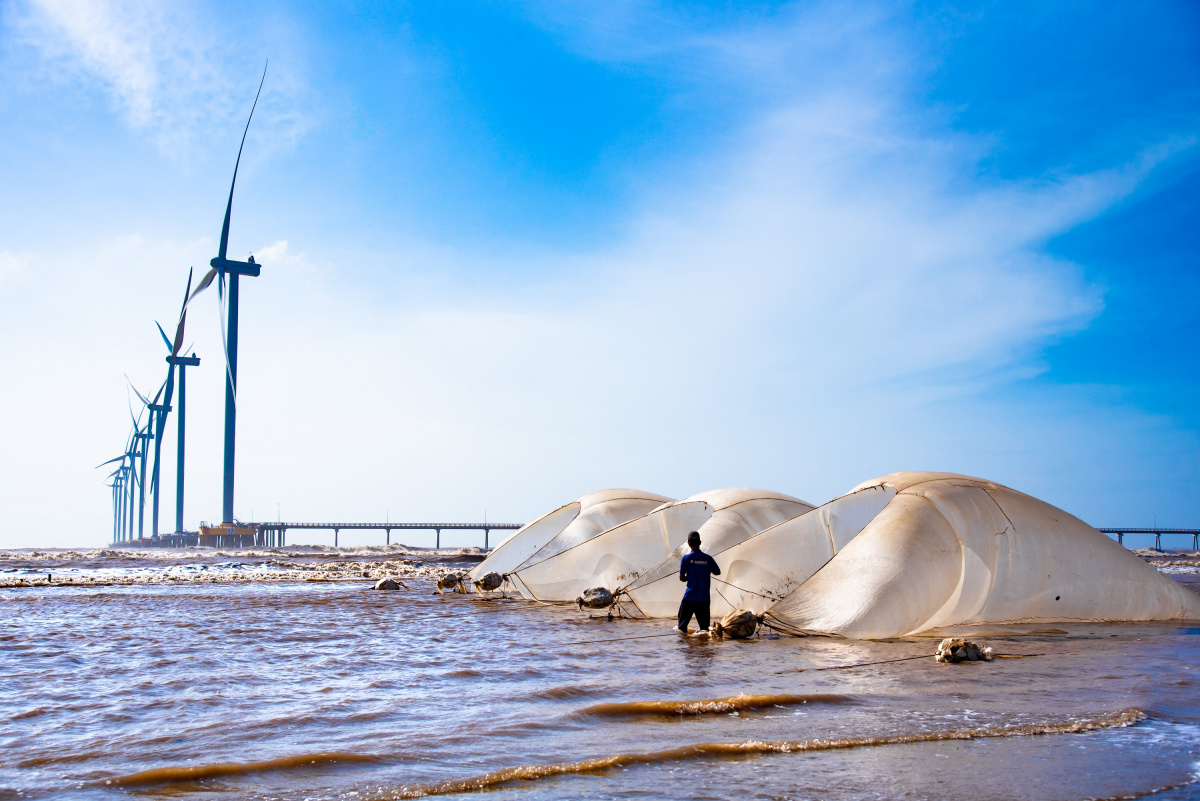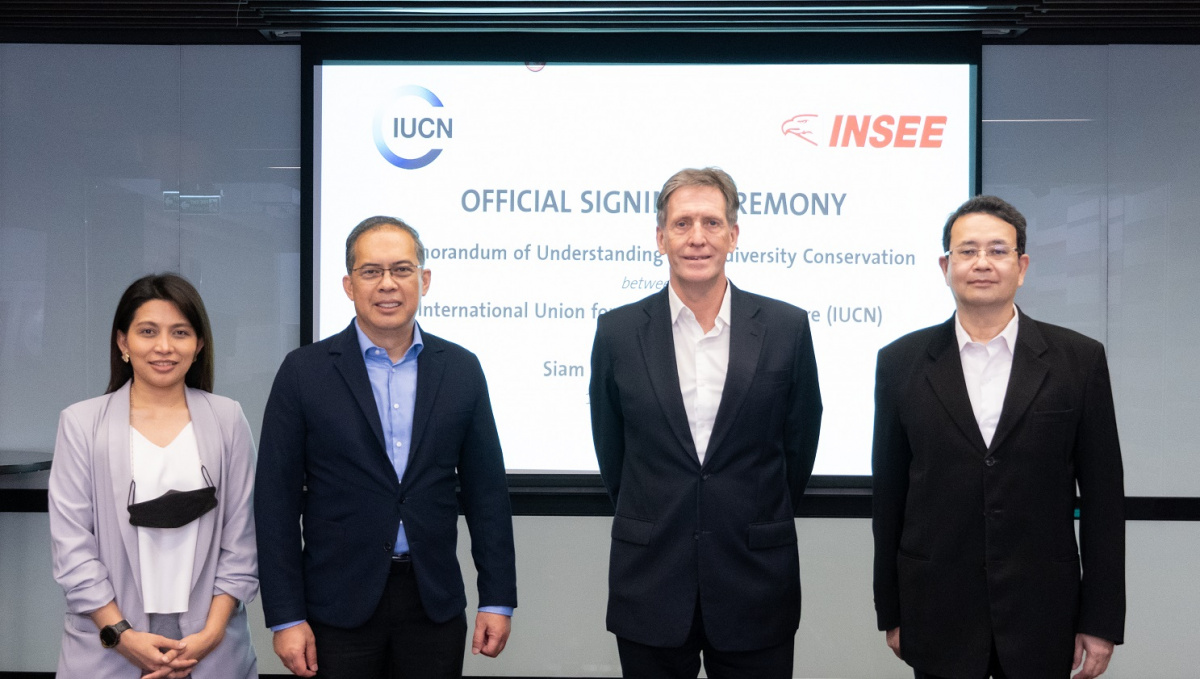Establishing ecosystem-based adaptation strategies to tackle climate change at Cambodian Ramsar site
IUCN and the Department of Freshwater and Wetlands Conservation of the Ministry of Environment and the Provincial Department of the Environment, Koh Kong Province recently organised a final climate change adaptation-planning workshop with local stakeholders.
The event was the third in a series of workshops designed to determine high priority and cost-effective options to support ecosystem-based adaptation approaches (EbA) for climate change in the Koh Kapir Ramsar site (KKRS).
The adaptation planning was built upon the results of the Koh Kapik Climate Change Vulnerability Assessment, which aimed to address the main climate change threats in the area. 39 participants, including community members, rangers, local and national government officials and NGO representatives, attended the workshop.
“Climate change is a global problem. Through this workshop, we aim to find local solutions to tackle climate change impact on wetlands and local livelihoods. We believe that community participation is key to achieving this objective,” said Mr. Ou Serey, Deputy Director General, General Directorate of Administration for Nature Conservation and Protection (GDANCP), Cambodia in his opening remarks.
The workshop started with a validation of decisions from two earlier conducted consultation workshops. Based on the decisions, the stakeholders developed a list of 15 potential ecosystem-based climate change adaptation measures. In order to identify the top EbA measures, the participants were divided into three groups: community men, community women and government representatives.
The groups were then asked to rank the adaptation measures according to their perceived importance. Following the ranking, the groups analysed their outputs and determined the EbA measures that are likely to have the highest impact with minimal costs. Furthermore, the participants also discussed if the shortlisted EbA measures will contribute to achieving the community vision of having a healthy, climate-resilient ecosystem with rich biodiversity supporting local livelihoods for all generations, for KKRS.
“Mangrove protection should be ranked as a highly effective adaptation option. Not only do mangroves act as nurseries for fish and crabs, but they also stabilise the shoreline and provide protection from storms,” said Ms. Ngann Ngin, a local community member residing near Koh Kapir Ramsar site.
At the end of the workshop, the participants’ identified their top five EbA measures. They are restoring and protecting the mangrove, swamp and beach area; conserving and restoring catchment forests, developing fisheries, including dolphin habitats and seagrass conservation areas; establishing joint management plans at the commune level; and demarcating boundaries at KKRS.
These EbA measures will be implemented via a small-grant facility under the Mekong WET project, funded by the International Climate Initiative (IKI).
__________________________
About Mekong Wet
Funded by the International Climate Initiative (IKI) of the German Federal Ministry for the Environment, Nature Conservation, Building and Nuclear Safety (BMUB), the “Mekong WET: Building Resilience of Wetlands in the Lower Mekong Region” project aims to build climate resilience by harnessing the benefits of wetlands in Cambodia, Lao PDR, Thailand, and Viet Nam. Mekong WET, to be implemented until 2020, will help these countries address their commitments to the Ramsar Convention, an international treaty for the conservation and sustainable use of wetlands and to achieve the Aichi Biodiversity Targets. The project is also supporting the Indo-Burma Ramsar Regional Initiative (IBRRI) and the implementation of the IBRRI strategic plan 2019-2024.
